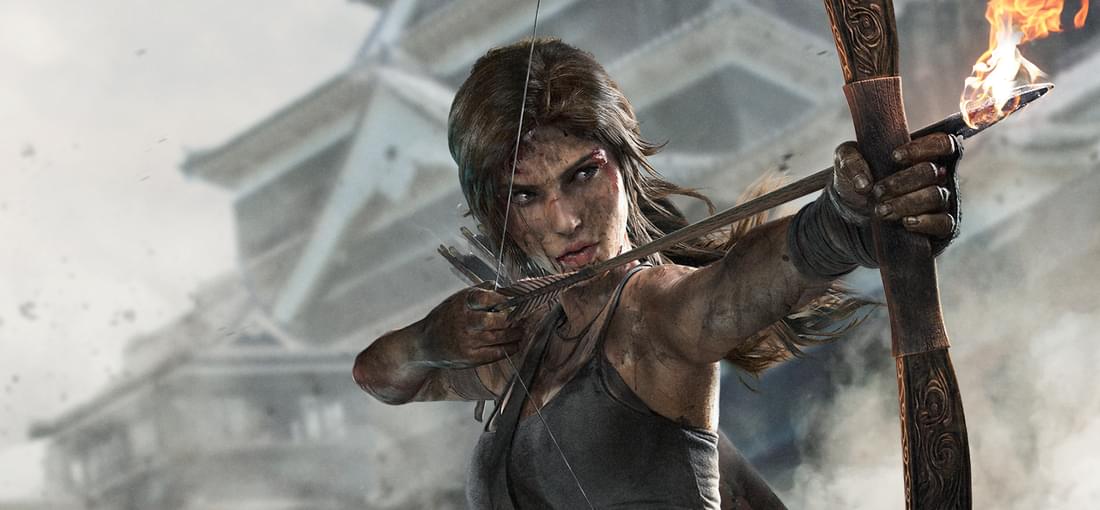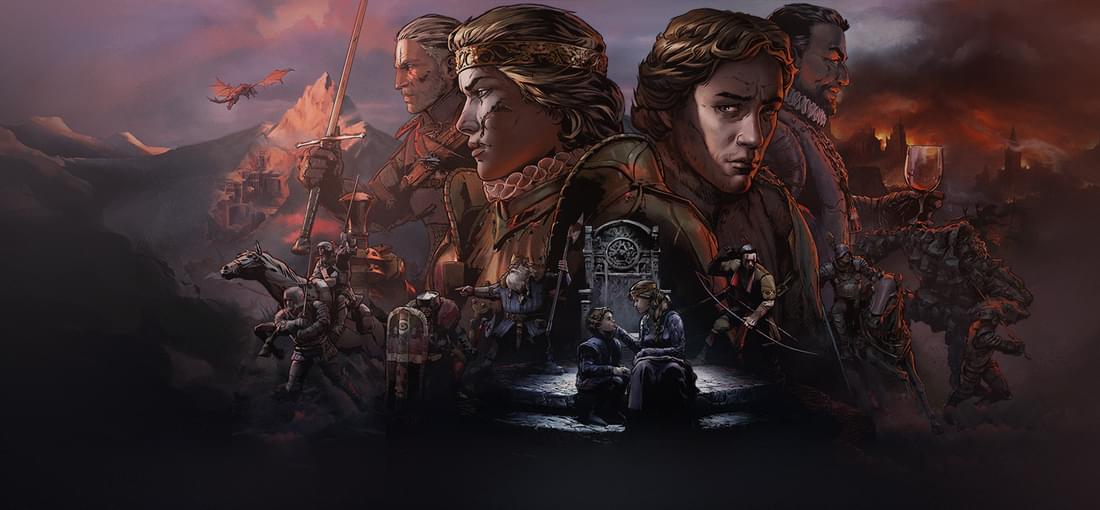


Great visuals and storytelling - though the cookie-cutter villains all seem identical (evil Texan types). A bit of variety would've made it feel more interesting. Mechnically though it is a bit frustrating with extremely slow, clunky movement and very limited gameplay options. Doesn't come close to the newer Hitman titles in terms of variety. And the lack of a save game is a rage-quitting feature that makes you want to pull your hair out. Playing for hours and having to restart because of some random head turn in order to get that achievement is a real downer. But even with all this, it is still a worthwhile game if you can find it at a discount.

Great game all round - good story, nice levels, good graphics, fun gameplay. Only issue is the camera 'jank' which comes in now and then to 'add challenge' but is actually just annoying. The same happens with character controls where the player controls become slowed and/or unresponsive - intended to make some situations challenging but really just feels annoying. Also, the quick time events are guaranteed to give you carpal tunnel. Still, definitely a worthwhile game.

A fun, quick to learn, longer to master, title in the true spirit of CDPR, where storytelling is the core of the experience, but gameplay is highly polished and fun. Isometric graphics are stylised, with painted textures and cell-shading (imagine Telltale Games meets Diablo). The art is very much in the style of traditional graphic novels, with a comic-book feel to most of the cutscenes. The stories are, as expected, very well written, with interesting and colourful characters, intriguing plots and side-quests, and a great narrative backdrop that builds on the general richness of the Witcher universe, with its own unique CDPR flavour. All are presented in a fairly simple, yet nicely presented UI pop-up panel system, reminiscent of previous generation roleplaying games, but with fully voiced dialogues and narration, and stylised animation. Gameplay has two main levels. The strategic map allows world exploration in an isometric view, while battles and 'quest puzzles' become a very graphically attractive card game to resolve encounters, based on the Gwent system. Standard battles allow players to use customised decks (built up during the game through roleplaying and exploration), against AI players. Puzzles are one-round battles using pre-provided decks and require objectives other than just getting a high score to win. These are tasks such as killing a specific card, or avoiding the loss of any player cards, or preventing a row of boulders reaching your leader card, etc. Every battle has new and interesting challenges. If you like strategic thinking and storytelling, without complex mechanics or button-mashing action, this game is a winner.